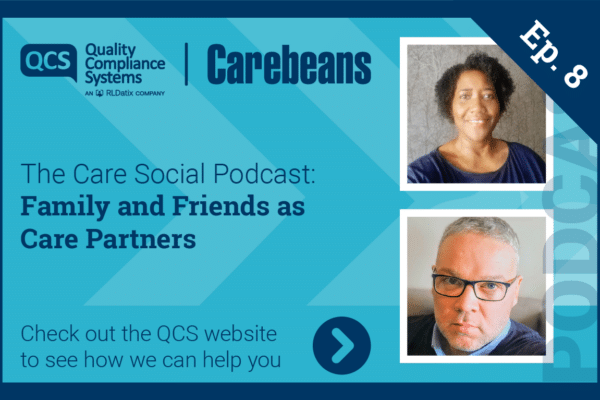Accepting your differences and building an outstanding service on them
Pottery for two
I have started a pottery class. I have always wanted to do it, and as a creative (self- proclaimed), I thought I would find a natural groove and be away in no time!
My lessons are shared with a man called Dave. He is an accurate man, an engineer by trade and rests on the side of quiet on the first meeting. By the time an hour was up and the instructor and Dave knew all about me, I knew nothing about him… not sure I gave him breath to give a fragment of his story. His pots were good, mine were ‘rustic’.
Different strokes
My way agitates me. I want to conform, be as neat as Dave, probably as quiet. I feel what is right, but I can’t quite explain it. My work isn’t tidy, it’s a little bit different, but it’s definitely still a pot! I think if it were a tennis racket I might have thrown it, but pots make a mess if you do that.
Stamped outstanding – So are we looking to be a perfect replica?
Scanning through the reports on recently crowned ‘Outstanding’ services, the uniform flag to the top left shines green with a star and the word emblazoned. Each emblem the same, judged against the same framework. The reports are all in the same font (with the odd spelling and grammar mistake – and yes the occasional missed word), but there are lots of differences within.
Unifying uniqueness
Each service report, however, formalised the inspector’s wording and reads differently. It tells of a service that is responding to the needs of the individuals in their care. National Voices Director of Policy, Don Redding tweeted a picture of a slide shown by CQC Chief Inspector of Adult Social Care Andrea Sutcliffe at the National Voices Annual Conference 2017. The last bullet for Outstanding Characteristics reads ‘Focus is on the people not on the regulator!’.
Fairleigh House Outstanding report reads “The person we spoke with and relatives told us that the service was exceptionally caring. Staff were highly motivated and demonstrated a clear commitment to providing dignified and compassionate care and support. Staff used creative and inclusive ways to make sure that people had accessible and tailored methods of communication.”
Whilst a paragraph caught my eye in St John’s Court’s Outstanding report, “People were supported to retain an active presence in the local community and to maintain their personal interests and hobbies. An activities team alongside care staff all worked together to organise a rich programme, whereby people were offered different things to do for fun and interest for those who wished to participate. People had opportunities to meet and develop relationships with students and volunteers to widen their social networks.”
Each service is unique to the people it supports.
Act natural – be comfortable
Sometimes mechanically right does not transfer to ‘magic formula’. Sometimes, your friends suit just won’t fit, and you won’t feel comfortable in it. You may need jeans, or even caving gear…but that suit just isn’t you. It is authentic caring for individuals that is everyone’s unique garment, and it takes on the colours and fit of the wearer.My daughter often throws a smile at the camera that is so forced it makes us laugh. Teeth clenched into a grimace just past a smile. Hand on hip, photo after photo. But the ones that shine the brightest and show her as she really is; kind, carefree and energetic, are the ones that caught her unaware. Her uniqueness has a chance to show.
My daughter often throws a smile at the camera that is so forced it makes us laugh. Teeth clenched into a grimace just past a smile. Hand on hip, photo after photo. But the ones that shine the brightest and show her as she really is; kind, carefree and energetic, are the ones that caught her unaware. Her uniqueness has a chance to show.
Smile for the camera!
What about compliance?
Regulation 10 – Dignity and Respect embodies what each person has the right to receive, and each person will view it differently. Respecting people by supporting autonomy needs creative solutions and an individual approach. The regulations do not work against uniqueness but support it.
How can you start to build on what makes you you?
Keeping it real – top tips to harnessing your uniqueness
Top Tip 1. Take time to identify what makes you different – Use this to understand yourself and build the good bits, and smooth out the bits that might hold your service back. Proper psychometric testing can give you a good analytical reading of what makes you you, identifying strengths and dare I say it – areas to improve.
Top Tip 2. Get back-up! – You can’t be good at everything. Understand where you need help and get it.
Top Tip 3. Ask the people you support, staff and other professionals what makes the service unique – People may value other unique points about you that you don’t recognise.
Top Tip 6. Believe in yourself! – Use your differences as assets. Don’t let fear and doubt stop something good before it starts.
Top Tip 4. Safe space –Your unique ideas may be what people need but test them safely, ask stakeholders what they think and use their feedback to improve.
I don’t like Dave
We have thrown about six pots each. The wheel spins too fast for me, I swap to working stationary… Dave on the other hand is a pottery genius! He just knows what to do – precision at every curve and equidistance. I don’t like Dave…
A perfect spot
But, what I fail to appreciate, is that when I hand my petal pot over to who it is meant for, they do like it, they like it a lot and put it in pride of place, next to their Sylvanian families and in amongst their children’s books. Because it isn’t meant for fans of Dave. It is meant for someone I had in mind, and it suits them perfectly.






